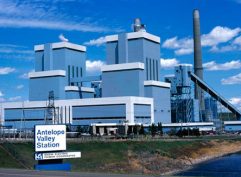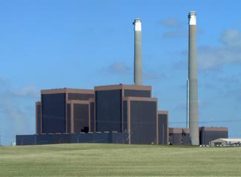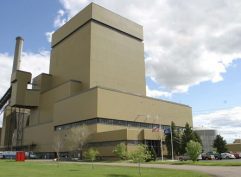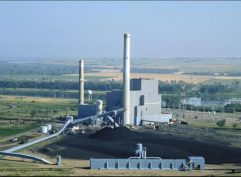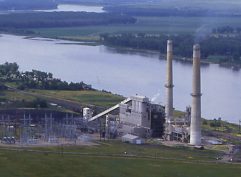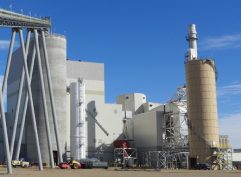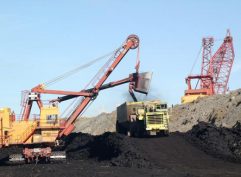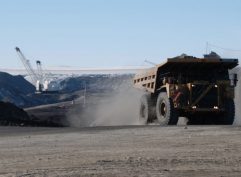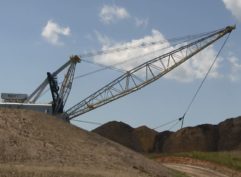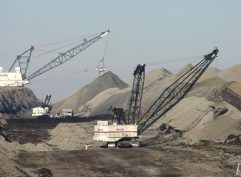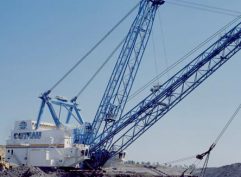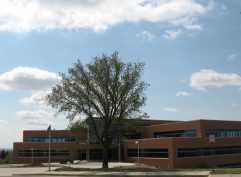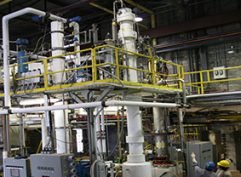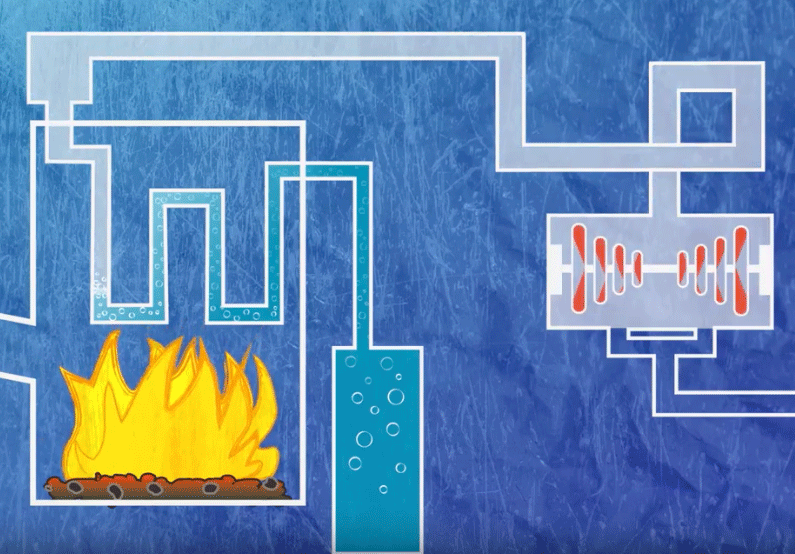Noblesse Oblige
Often philanthropy takes on a certain social obligation that can best be described by the French phrase “noblesse oblige.” Thus, the French thought it was the obligation of nobility to give back to the communities.
In coal country – made up of Oliver, Mercer and McLean counties – this certainly has been the case. For decades, coal has been king – at least in terms of providing jobs and taxes but also in providing amenities to help the communities attract workers.
One of the most recent examples is the day care center in Hazen, which was started through the leadership and generosity of several energy companies, including Basin Electric Power Cooperative. The day care has a capacity of 77 children. By providing additional day care, Hazen has the ability to attract more people who may choose to live there and work in the nearby power plants and coal mines.

Nelson Lake is adjacent to the Young Station in Oliver County.
In every community, there are examples of the generosity shown by the mines and utilities. Here are a few other examples of how the energy industry makes the communities of Beulah, Center, Hazen, Underwood and Washburn more attractive:
- Nelson Lake – Adjacent to the Milton R. Young Station is a 660-acre lake that is used for recreation nearly year round. The warm water discharged from the power plant means Nelson Lake rarely freezes. This makes it unique among the state’s other waterways and aids in year-round recreational water sports. However, Nelson Lake would not exist except for its primary role as a source of cooling water for Minnkota Power Cooperative’s power plant. Besides this lake, two other lakes were created by the lignite industry. Harmony Lake can be found north of Hazen and Coal Lake is southeast of Underwood.
- Westridge – The Westridge Golf Course at Underwood is another example of how the lignite industry worked with city leaders to add recreational opportunities. Westridge opened in 1989, but prior to construction, the land was actually mined and reclaimed into a golf course by the Falkirk Mining Company. Through an agreement with the city, Falkirk ensured the city that they would have a place to play golf before mining began east of the city where the previous golf course existed. Falkirk even prepaid the city for the coal under existing golf course so it could afford a professional golf course designer who would layout the Westridge links. Other golf courses in coal country have also benefited from generous donation of time and equipment from energy companies in the creation and upkeep of the greens, fairways and tee boxes.
- The Fort Mandan Visitor Center and the Lewis & Clark Heritage Center are two more examples of how collaboration between the lignite industry and local tourism foundations benefited the state and Washburn. The bi-centennial of the Corps of Discovery’s trip from St. Louis to the Pacific Ocean and back, brought thousands of tourists to North Dakota. Through the help of the lignite industry, not only were the tourists greeted by some amazing centers but also they could see how coal combustion products, such as fly ash, had been recycled into stones for buildings and concrete for parking lots.
Besides these examples, there are other projects, foundations and institutions that have benefited from the generosity of the industry.
These include:
- Honor flights to World War II veterans to see war memorials in Washington, D.C.
- Donations to both Bismarck State College and the University of Mary. The National Energy Center of Excellence at BSC benefited greatly from the mining companies and the utilities.
- The North Dakota Heritage Center also received generous contributions from energy companies. The parking lots are paved with concrete containing fly ash, for instance.
Can you think of others? We encourage you to discuss these bullet points with your family and friends. If you found this information as a good reminder about what your industry has given back to your community or to your state, so will your acquaintances.


